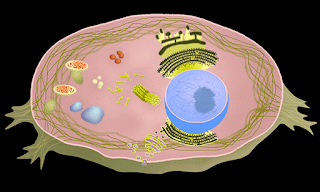Zoology Final Project
You will create a Google Slide presentation to answer one prompt each about Ecology, Classification, and Evolution. You will be able to research on the Zoology website (middiezoology.blogspot.com), Google or other search engines, and/or your classwork.
Each prompt will require its own slide or slides and should cite evidence and explain clearly. You should include pictures and text to help make your point.
Prompt 1 (Ecology): 20 points
- Choose either an invasive species or a keystone species. Give a detailed explanation of how the ecosystem would be impacted if the invasive species was introduced or the keystone species was removed. Include at least three ways that the ecosystem is impacted. Include pictures and text to make your points.
- 5 points for each impact and the explanation of the impact
- 5 points for summing up your argument
Prompt 2 (Classification): 20 points
- A friend of yours says a platypus is a bird, because it lays eggs. Provide a convincing argument that a platypus is a mammal. Compare and contrast mammal and bird characteristics to make your case. Use at least three characteristics to make your argument. Include pictures and text to make your points.
- 5 points for each characteristic and the explanation of how it is used to classify
- 5 points for summing up your argument
Prompt 3: (Evolution): 20 points
- Your friend said that porpoises are fish because they swim in the ocean. Use evidence to show them that porpoises are mammals and evolved from a land ancestor. Include pictures and text to make your points.
- 5 points for each piece of evidence and putting that evidence in context
- 5 points for summing up your argument












